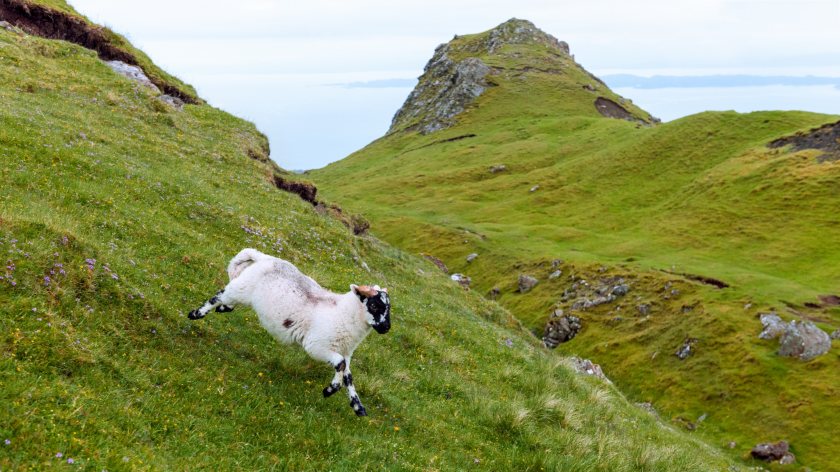
Scotland saw a rise in the number of hill farms marketed during 2022 as farmers sought to capitalise on the high prices being paid by forestry and environmentally motivated buyers.
Analysis of data from the past 12 months shows that 24 hill farms came to the open market in Scotland, compared with 11 in 2021 and just 9 in 2020.
Hill farms accounted for 27% of the farms on sale in 2022, when they usually make up between 10-20% of farms, according to land specialists Strutt & Parker.
Diane Fleming, farm agent for the firm said: "This signals that some farmers have been tempted to take advantage of the premium prices that have been on offer from forestry and natural capital buyers.”
The value of land suitable for afforestation peaked during the first half of the year, reaching in excess of £8,000/acre in some instances.
However, prices did cool in the second half of the year, possibly because of a change in the rules on how carbon credits can be attributed to commercial plantations.
This was coupled with the rise in supply and because some buyers had spent their budgets by that point, Strutt & Parker's research says.
The firm's data shows that values for land suitable for afforestation fell back to £5000 - £5,500/acre in Q3 and Q4.
Ms Fleming said: "This was clearly a significant change and shows how dynamic the market currently is, although upland prices remain well above traditional agricultural values.”
Prices for other land types were much more stable, with demand robust across all farm types.
“Farms on the whole sold well, and with a record-breaking price well in excess of £20,000/acre paid for some arable land on the east coast,” added Ms Fleming.
“The average value of prime arable land on the east coast was £9,500/acre, much in line with 2021, but varied widely according to location, from an average of £4,500/acre in the Highlands to £16,000/acre in the Lothians.
"Meanwhile, the average price paid for grass leys increased from £3,500/acre in 2021 to £4,000/acre in 2022.”
A total of 41,600 acres were launched to the open market in 2022, which is 30% above the five-year average, albeit the five-year average is relatively low because of depressed supply during Covid-19.
In addition, more vendors than usual chose an off-market approach meaning the post-pandemic recovery, in terms of supply, was even more significant than is immediately apparent.
However, levels of demand remained higher than supply, with 89% of the farms marketed finding a buyer by the end of the year.
“While there is lots of talk about forestry and ESG buyers, it is worth noting the main buyers were farmers looking to expand their businesses or invest rollover proceeds from development land,” said Ms Fleming.
“This is despite all the commotion faced by agricultural businesses over the past 12 months, including rising input prices, escalating interest rates and uncertainty over agri-policy reform.
"However, during 2022 there was an increase in activity from non-farming investors who perceived land as a safer asset class compared to many other investment options.”
Looking forward, Ms Fleming said she was positive the strength of the farmland market would continue through 2023.
“Based on our experience of the new year so far, we are expecting a strong supply of land to hit the market but for demand to continue to outweigh supply and values to hold.”
